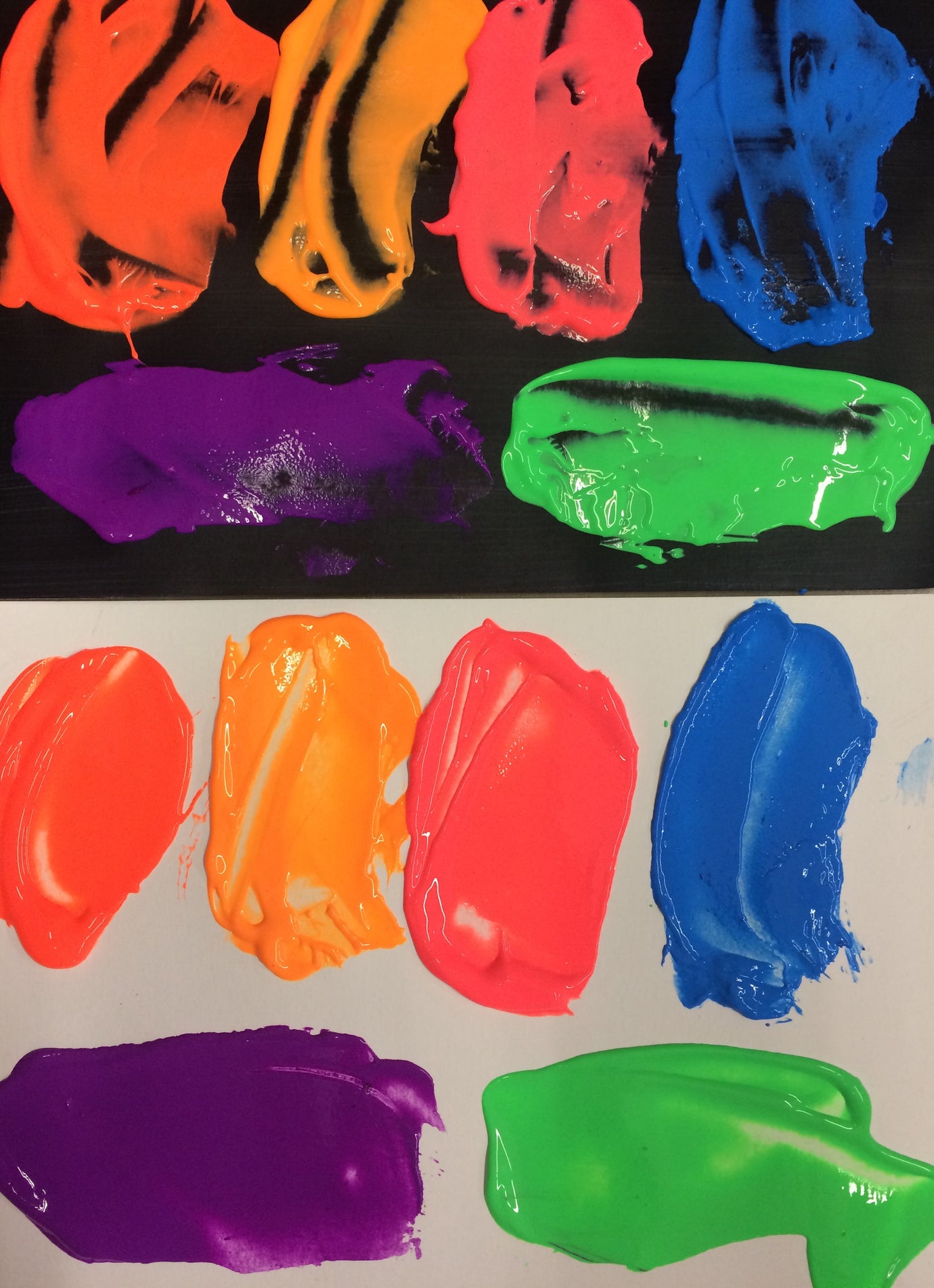OIL PAINT & SOLVENT SAFETY
This article is intended to give general advice regarding oil paint and solvent safety. Use this article as a starting point and follow up by doing your own research. Some additional resources are listed at the end of this post.
OIL PAINT SAFETY
The following suggestions are designed to minimise the likelihood of contact with oil paint and your mouth or skin. Many oil paints contain toxic materials that can be absorbed by the body. Always read the labels and be aware of what you are using.
- Do not smoke while painting.
- Ensure you have adequate ventilation.
- Avoid sanding oil paints. Dust particles from paint can be dangerous if inhaled.
- Do not lick your paintbrush.
- Never paint with your fingers.
- Do not eat while painting with oil paints.
- Avoid contact with your eyes, nose or mouth while painting.
- Remove paint in contact with your skin as quickly as possible.
SOLVENT SAFETY
Solvents should be treated with as much care as oil paints both during and after use.
- Always keep your painting area well ventilated.
- Lids should be kept on solvents as much as possible. Be conscious of the likelihood of solvent fumes at all times.
- As with oil paints, no smoking, eating or drinking while using solvents is recommended.
- Do not use solvent to remove paint from your skin as this may increase absorption by the skin.
- Avoid handling solvent or paint rags with your hands.
SOLVENT FIRE RISK
Solvents used to dissolve paint are highly flammable and can self-ignite. Care should be taken with bunched up cleaning rags soaked with solvent. They can catch fire as they dry. Soak rags in a container filled with water or store them in a sealed metal container where they will be unable to light. Never burn any solvent soaked rags. Do not wash solvent rags in a washing machine or tumble dryer.
FURTHER READING
While most artists are aware of these rules they can easily be overlooked or ignored due to deadlines or bad habits but sticking to them will ensure being around to paint for many years to come. More detailed reading on this subject can be found in the links below.
More detailed information on the Michael Harding range of Oil paints can be found on their website.
More detailed safety information can be found in the following books:-
Health Hazards Manual for Artists Paperback – by Michael McCann (Author)
or
The Artist's Complete Health and Safety Guide Paperback – by Monona Rossol

